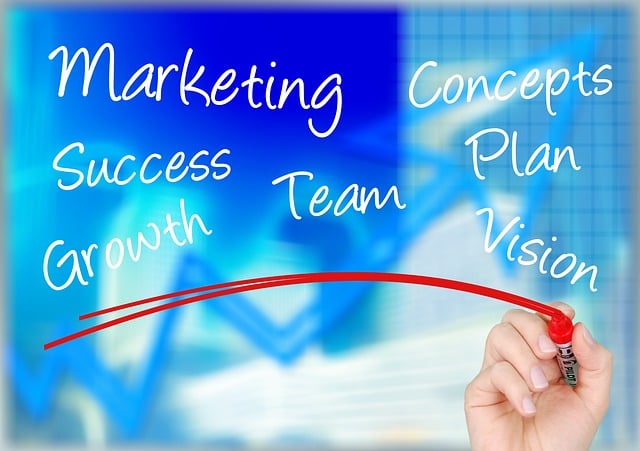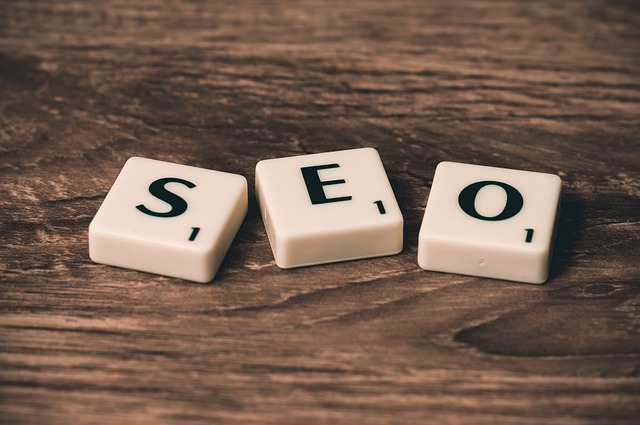AI-driven food photography optimization is revolutionizing visual presentation in the culinary arts. Machine learning models analyze lighting, composition, and color to enhance image appeal, while deep learning identifies subtle textures and flavors. This benefits restaurants and food brands with consistent, high-quality visuals for marketing. By training on diverse datasets, algorithms learn to optimize colors, textures, and lighting. Features like automatic setting adjustments, issue corrections, precise cropping, and background removal streamline production, making food photography more efficient and cost-effective. Implementing AI in food photography enhances content creation, improves customer engagement, and optimizes marketing outcomes.
In today’s visual-centric digital landscape, AI-driven food photography optimization is transforming how we capture and present culinary delights. This article explores the development of machine learning models for enhancing food photography, from understanding aesthetic preferences to implementing intelligent algorithms. We delve into strategies for creating effective models, discussing practical steps for integration and continuous enhancement within business operations. Discover how these advanced techniques can revolutionize your food imaging strategies.
- Understanding AI-Driven Food Photography Optimization
- Developing an Effective ML Model for Food Photography
- Implementing and Enhancing the AI Business Model
Understanding AI-Driven Food Photography Optimization

In the realm of culinary arts, presentation is key, and AI-driven food photography optimization takes center stage in enhancing visual appeal. Machine learning models, powered by artificial intelligence, are revolutionizing food photography by offering precise adjustments and creative suggestions to capture mouthwatering images. These algorithms analyze various factors such as lighting, composition, and color profiles, ensuring each photograph showcases the dish’s best attributes. By automating these intricate processes, AI streamlines the workflow for photographers and chefs alike, enabling them to focus on creating culinary masterpieces.
Through deep learning techniques, these models can identify subtle nuances in food textures, flavors, and overall aesthetic appeal. They enhance colors, adjust lighting to highlight crucial details, and even suggest artistic filters or effects. This optimization not only elevates the visual quality of food images but also aids in consistent branding and marketing for restaurants and food brands. With AI, every photograph becomes a captivating representation that leaves a lasting impression on viewers.
Developing an Effective ML Model for Food Photography

Developing a Machine Learning (ML) model for food photography is an exciting application of Artificial Intelligence (AI), offering immense potential to revolutionize the industry. By leveraging AI-driven techniques, businesses can optimize their content creation process, ensuring visually appealing and high-quality images. The key lies in training models using diverse datasets that capture various culinary scenes, recipes, and plating styles. With advanced algorithms, these models can learn to enhance specific features like colors, textures, and lighting, making each photograph pop.
For instance, an ML model can be trained to automatically adjust settings for consistent food presentation across different studios or even social media platforms. It can identify and correct common issues like underexposure, poor contrast, or uneven lighting. Moreover, AI-driven object detection and segmentation can enable precise cropping and background removal, ensuring the focus remains on the delicious dish. This level of automation streamlines production, making food photography more efficient and cost-effective for businesses while delivering visually stunning results that capture customers’ attention in today’s digital landscape.
Implementing and Enhancing the AI Business Model

Implementing an AI business model for machine learning requires a strategic approach, especially in dynamic sectors like food photography. The first step involves identifying specific areas where AI can enhance operations. For instance, AI-driven image optimization can significantly improve the quality and consistency of food photography. Machine learning algorithms can analyze vast datasets to understand lighting, composition, and visual aesthetics, thus enabling automated adjustments that would otherwise require manual expertise. This not only speeds up production but ensures a uniform standard across all visuals.
Furthermore, integrating AI models into the workflow can automate repetitive tasks such as image cropping, resizing, and basic editing, allowing photographers and editors to focus on more creative aspects. By leveraging AI-driven food photography optimization, businesses can enhance their content creation process, deliver high-quality visual assets more efficiently, and ultimately improve customer engagement and marketing outcomes.
AI-driven food photography optimization has emerged as a powerful tool for businesses, revolutionizing how images are captured and enhanced. By developing effective machine learning models that understand visual aesthetics and culinary details, companies can significantly improve their product presentation. Implementing these AI business models streamlines workflows, reduces costs, and enhances customer engagement. As the technology continues to evolve, embracing ML model development for food photography will be a key strategy for staying competitive in the market.
